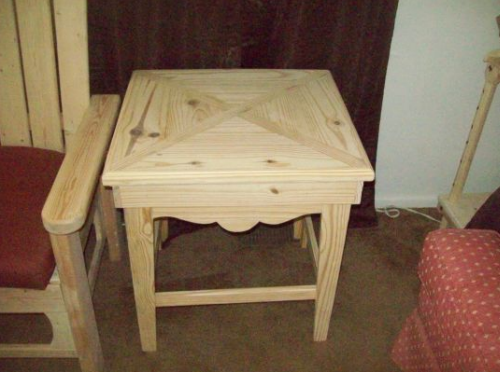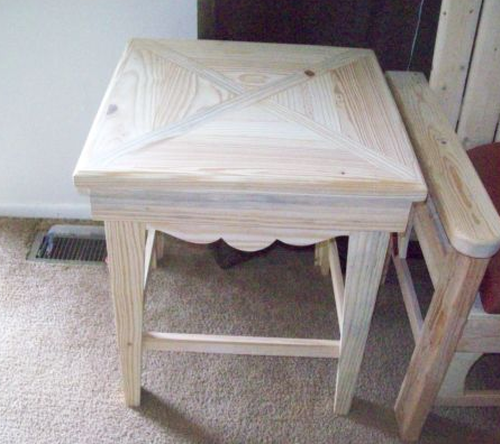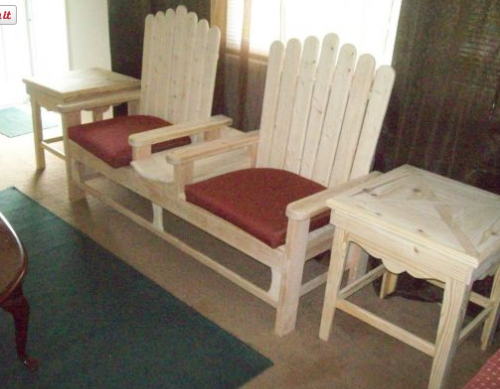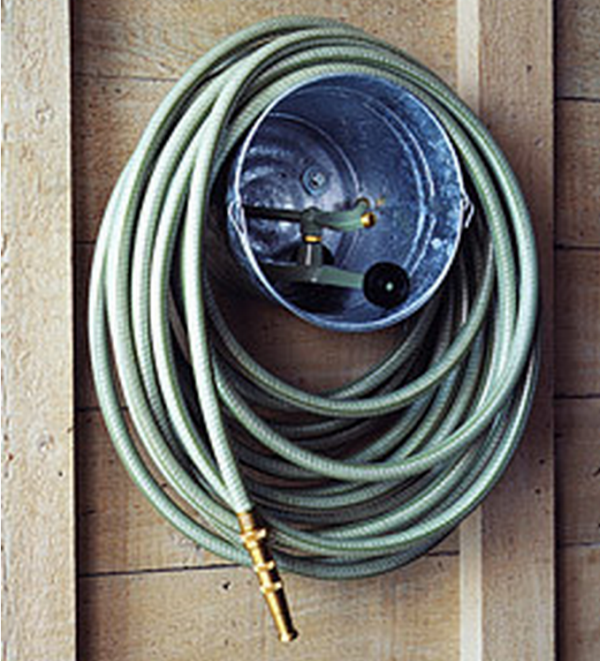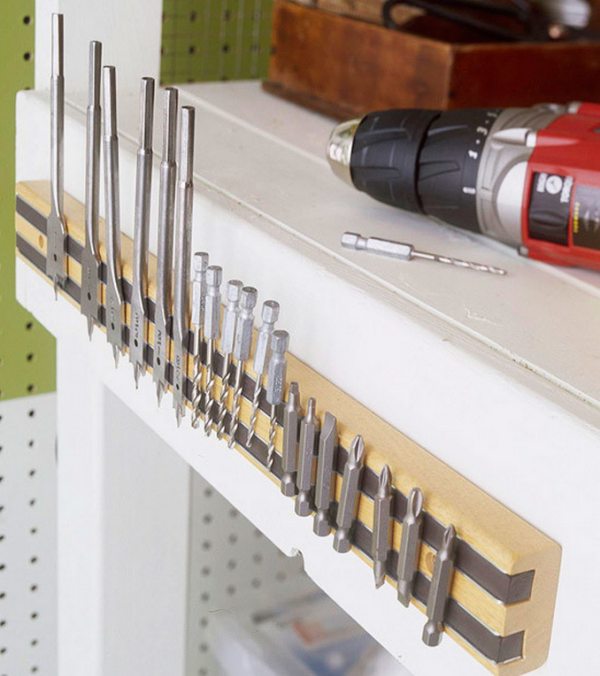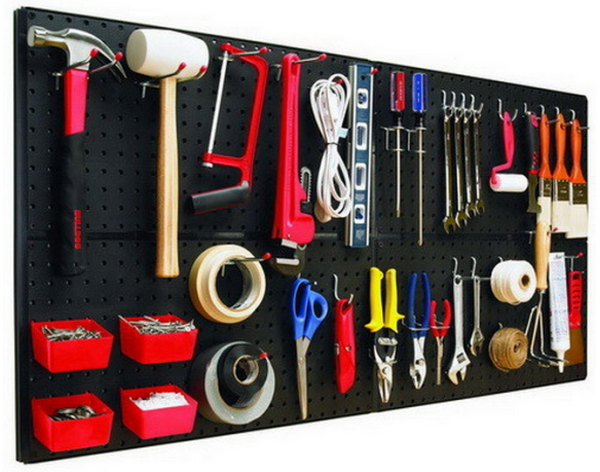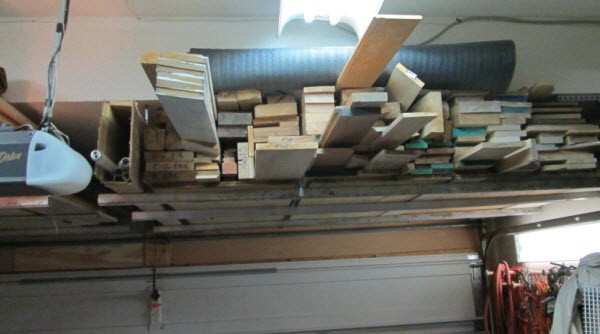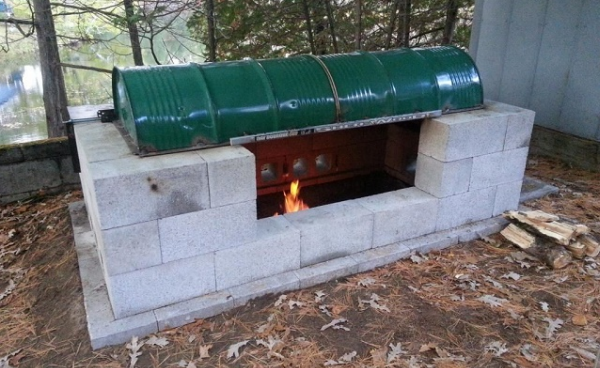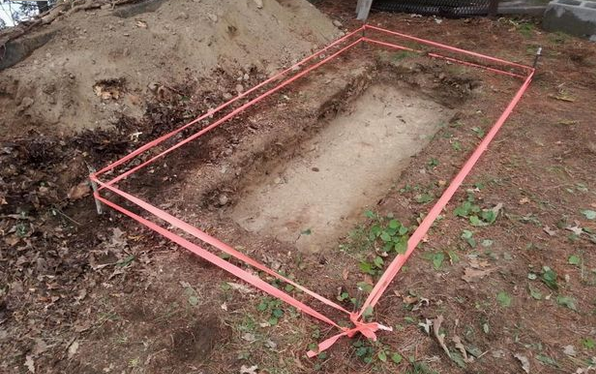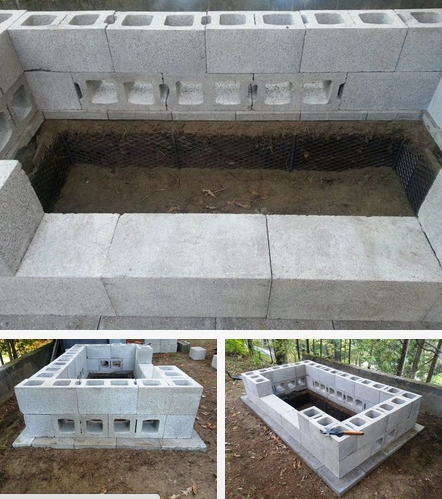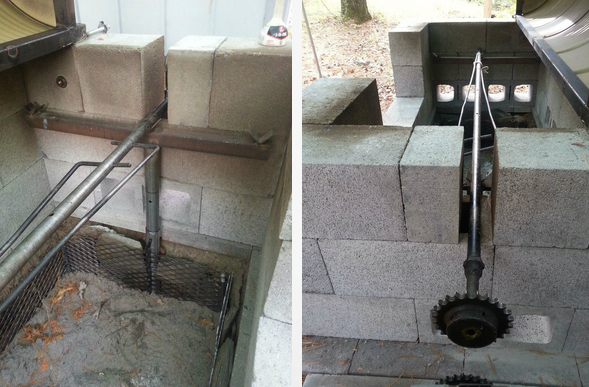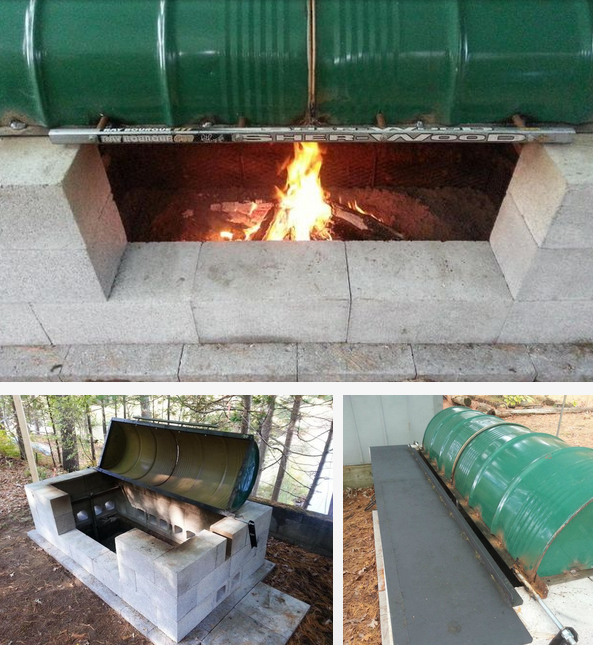If A Certain Type Of Lumber Seams Cheap – Be Careful What Grade You Are Buying
Low grade lumber is cheap because in is low quality. Out of a long wide board you may only get a few short pieces suitable for a quality project.
At the saw mill they separate all the boards cut into the different grades.
You can seldom buy the highest grade at the store, it is reserved for various manufacturers or most often for export.
Middle grades are commonly available at any lumber yard and the lowest grades go to pallet manufactures or for some types of fence boards.
There are different grading standards for different species of wood. As well as different grading systems for hardwoods and softwoods.
Here are some of the species grades that are common.
Western Lumber
Known for its ease of workmanship and nailing as well as strength and dimensional stability, Western lumber includes more than 15 commercially important Western softwood species. The most common species are Douglas fir and Hem-fir. This can be classified as High Quality Appearance, General Purpose Board or Radius-Edged Patio Decking Grade. The Western Wood Products Association (WWPA) has a rigorous inspection and quality control process. Lumber with the WWPA logo indicates the lumber has passed that quality control process. Lumber with only the “WWPA Rules” stamp indicates the lumber has been graded according to the WWPA rules, but not been inspected by WWPA.
Use this for basic building projects and framing.
Southern Pine
Southern pine has high strength, resistance to wear and holds fasteners well. It is often used in homes and other structures. Descriptions for this type of wood range from 1 through 4.
- No. 1 has the highest quality and best appearance
- No. 2 is characterized by tight knots and is generally free of holes
- No. 3 is good, serviceable sheathing, usable for many applications without waste
- No. 4 contains usable portions at least 24 inches long
Pine Shelving
This lumber is 1 inch thick and of varying widths and lengths. Most consumer inventories range from 1×1-inch to 1×12-inch, up to 12 feet long. From 1×1 to 1×6, increments increase by 1 inch. Then, lengths increase in 2 inch increments from 1×8 to 1×10 and 1x 12. Most consumer sales will be in 4 and 6-foot lengths. No. 4 grade pine is commonly called “garage shelving.” Many people use it for basements and garages where looks are not important.
Back at the original article you’ll find info on redwood and treated lumber as well
Image Source
Go to the next page to understand hardwood ordering — watch the video
If you use hardwood you need to know this.
The knowledge you will gain in this video could save you a lot of time and money.
https://www.youtube.com/watch?v=-1H2I36Q8lI
This next video shows you how to select construction grade lumber.
Here are some tips for selecting construction grade lumber
Most lumber yards will let you do a little sorting to get some better quality boards.
Don’t try this when the yard is real busy, because the yard hands can’t waste their time with you if a lot of other customers are waiting. Often they will be happy to go serve another customer and come back to you to check te board count. And make sure you don’t mess up their lumber piles in the process.
Here is a video to show you what to look for.
https://www.youtube.com/watch?v=SNUpM_vgg_s
Do You Know The Lumber Grades?


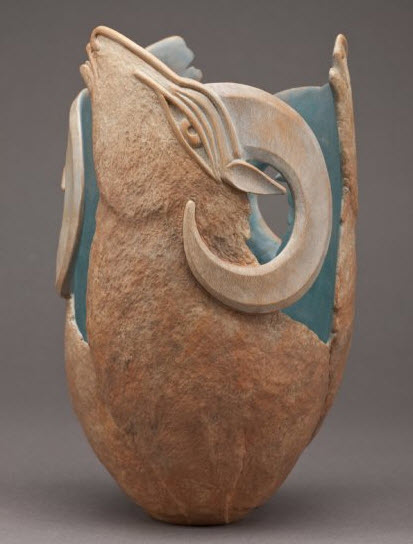













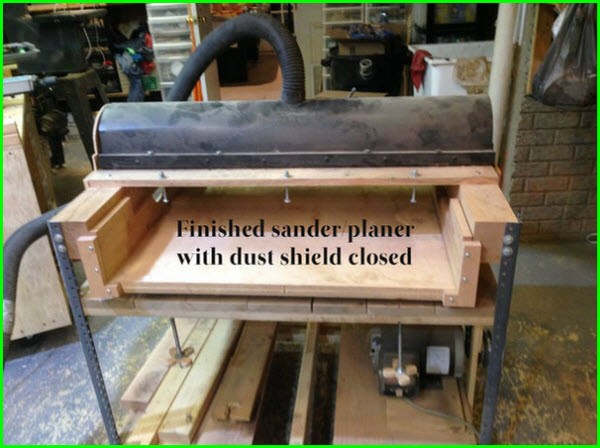
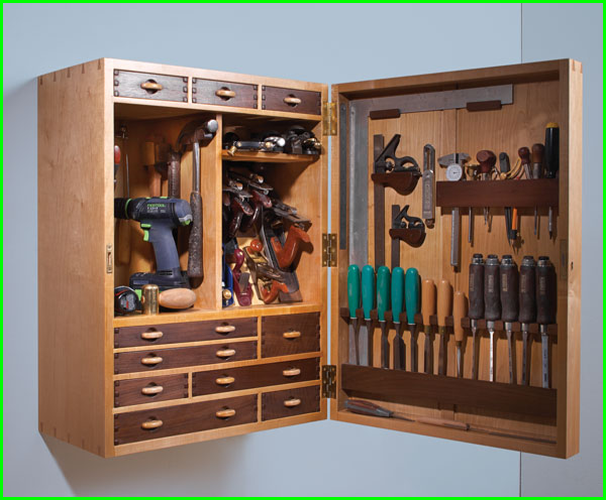
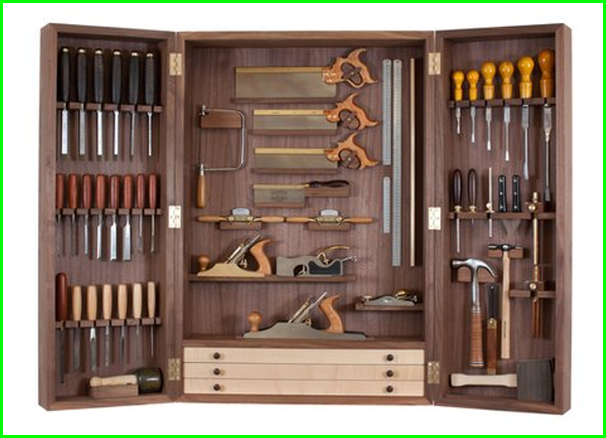
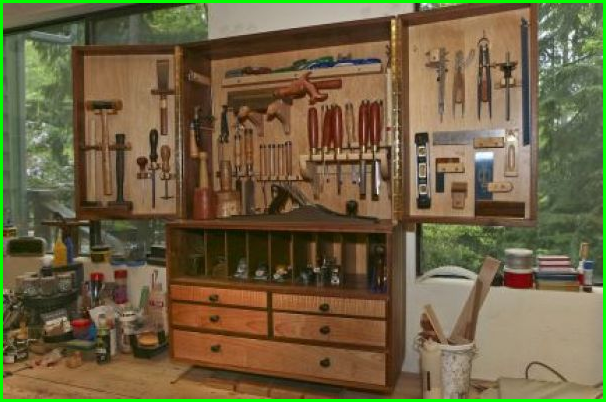
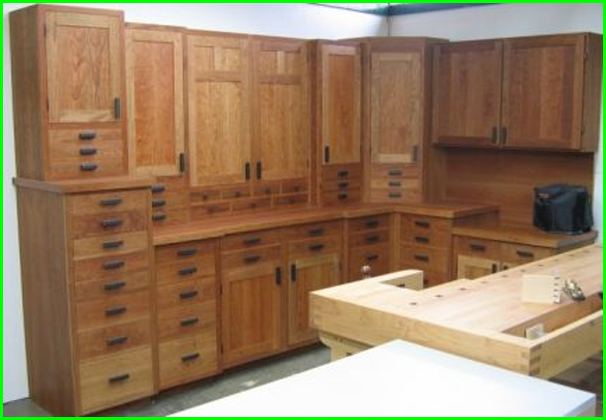

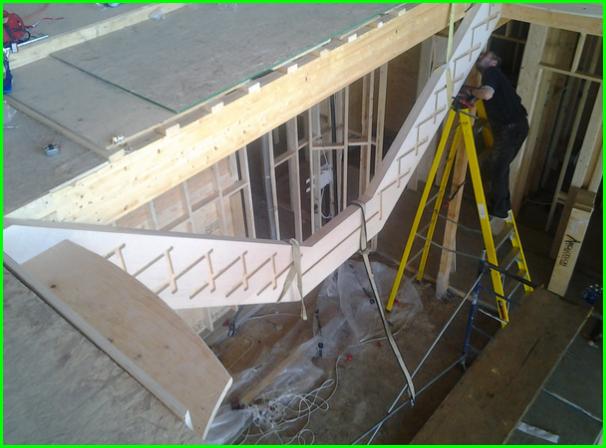
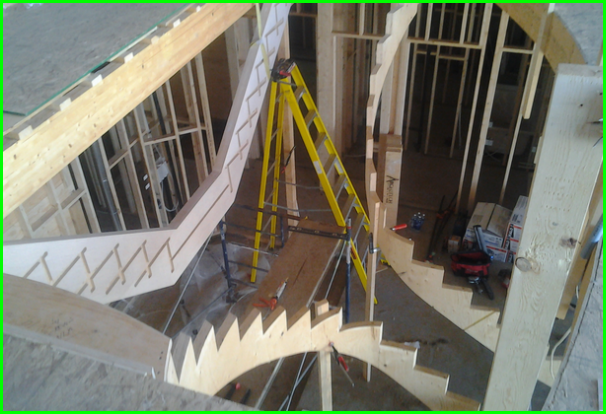
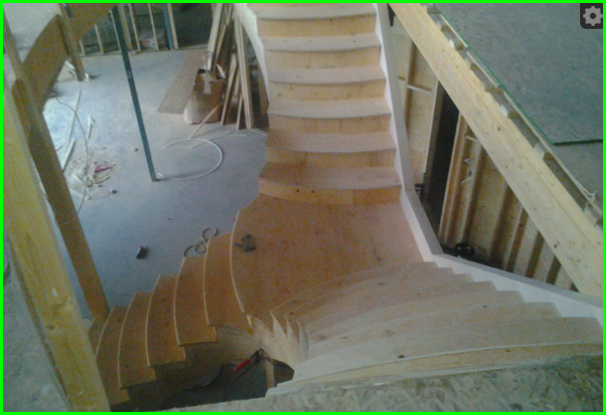
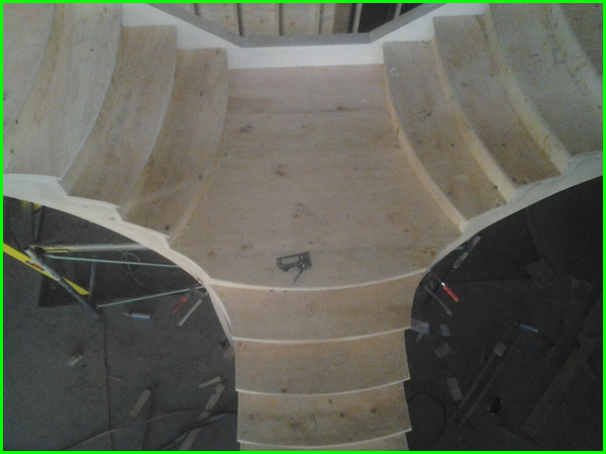
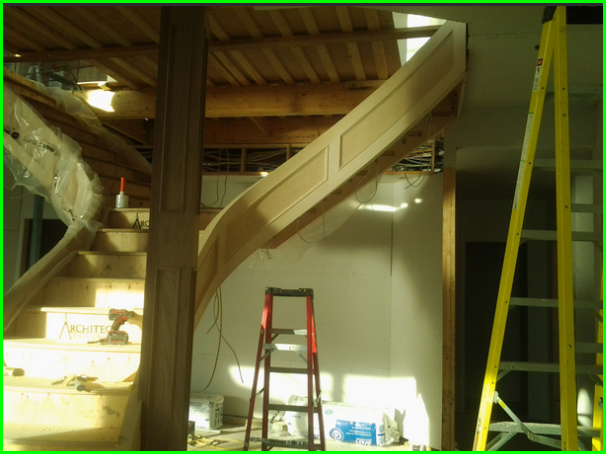
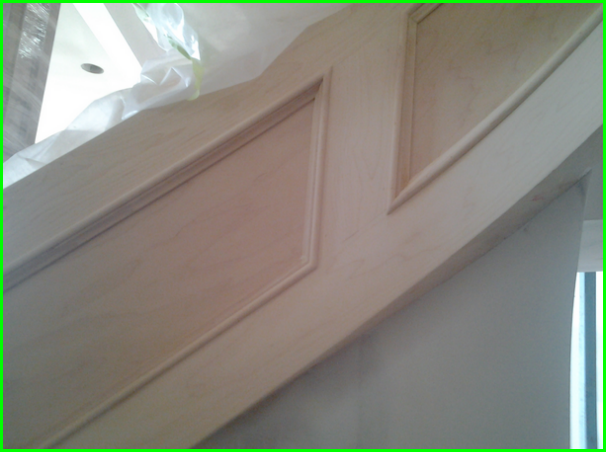
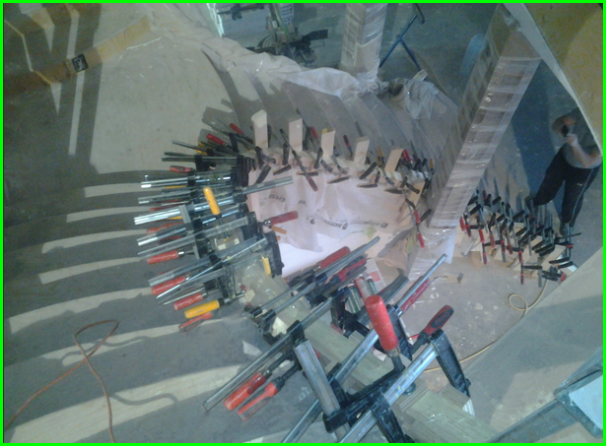
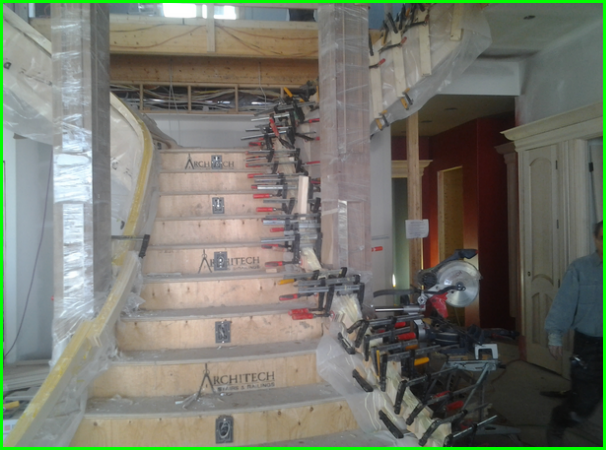
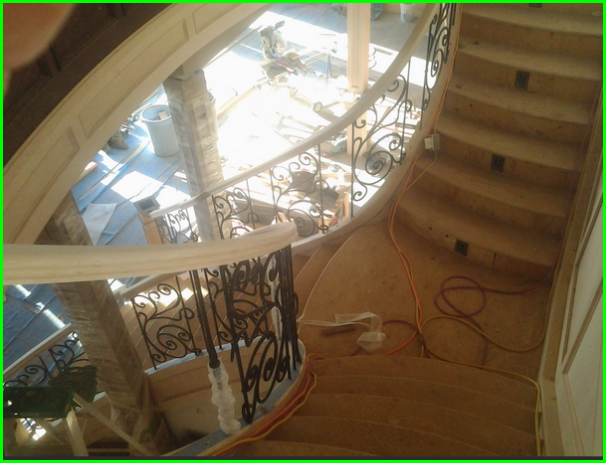
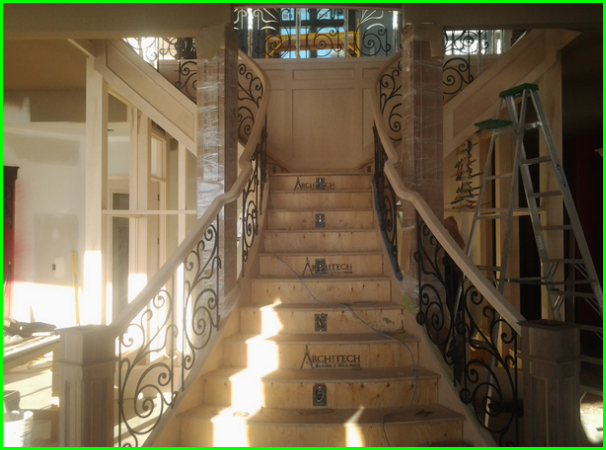

 You don’t want them in your house either, but if you introduce them to the flower beds around the house they will keep the spiders away.
You don’t want them in your house either, but if you introduce them to the flower beds around the house they will keep the spiders away.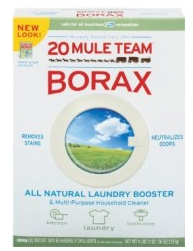 Borax is most commonly used to keep ants out, but it helps to repel spiders too because it kills them if they get into it. Just sprinkle this in areas where spiders are coming in and setting up spiderwebs. You can also put this between your window and storm windows and along the thresholds of your doors.
Borax is most commonly used to keep ants out, but it helps to repel spiders too because it kills them if they get into it. Just sprinkle this in areas where spiders are coming in and setting up spiderwebs. You can also put this between your window and storm windows and along the thresholds of your doors.